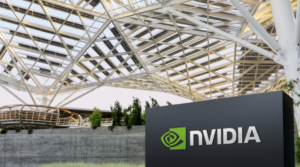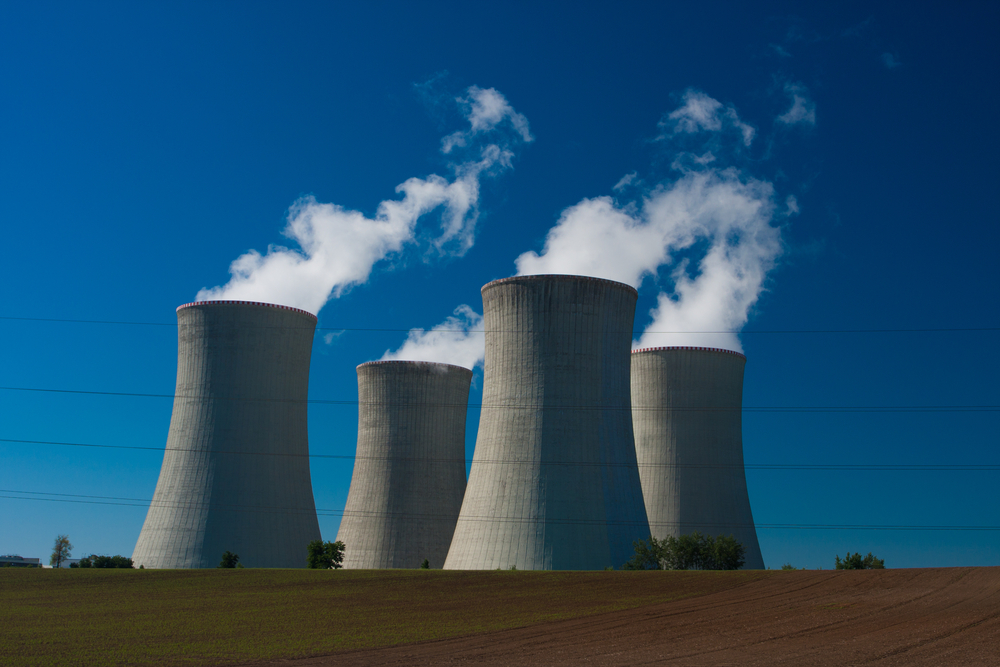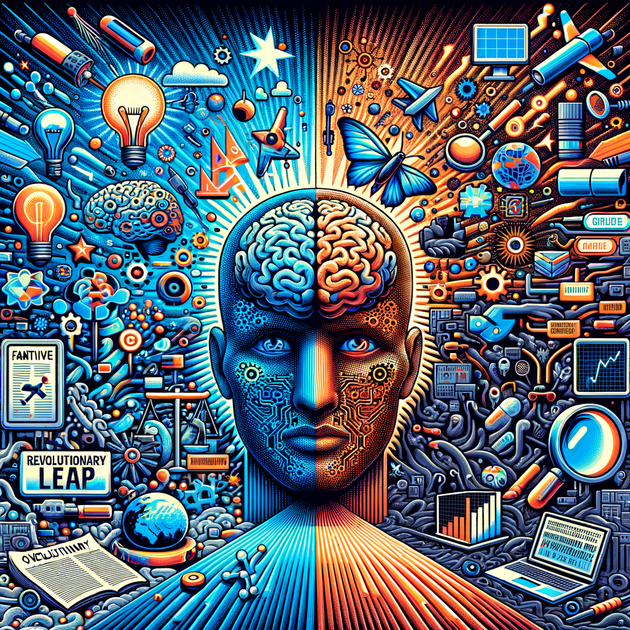Generative AI: Revolutionary Leap or Overhyped Fantasy?
Is Generative AI (GenAI) the groundbreaking technology of our era, or the latest in a string of overhyped innovations? The question is on everyone’s mind as investments soar and expectations reach fever pitch. But are we setting ourselves up for another tech bubble burst?
The Wave of Hype: Lessons from History
The tech world is no stranger to hype cycles. From the dot-com boom of the late 90s to the advent of cloud computing and the smartphone revolution, we’ve seen it all. Yet, each cycle offers lessons that can guide our understanding of the current GenAI frenzy.

In the early 2010s, big data was hailed as the savior of the tech industry. Hadoop was crowned as the “New New Thing,” only to slowly fizzle out. The AI hype machine kicked into high gear soon after, with competing technologies like Blockchain and 5G joining the fray. However, none of these managed to deliver transformative changes overnight.
Mounting Skepticism: A Reality Check
Despite the excitement, skepticism is growing. A Goldman Sachs report warns of overinvestment with minimal return on GenAI. Critics point out the lack of a “killer app” beyond coding co-pilots and chatbots. Issues like data availability, chip shortages, and energy consumption add to the challenges.

MIT Professor Daron Acemoglu highlights a critical view. He argues that only a small fraction of tasks will be automated cost-effectively. Moreover, he estimates that AI will automate just 5% of all tasks within the next decade, raising productivity by less than 1% in the U.S.
“Generative AI has the potential to fundamentally change scientific discovery, R&D, innovation, and more,” Acemoglu states. “But significant, transformative changes will be slow to materialize.”
The Chip Crisis
The shortage of GPUs essential for training GenAI models is another concern. Nvidia, a leader in this space, has seen explosive growth due to AI demand. While competitors like Google, Amazon, and Microsoft might enter the fray, dethroning Nvidia’s decade-long dominance is a herculean task.

“The costs involved in training and using GenAI are significant headwinds against any productivity or efficiency gains,” says Jim Covello, Goldman’s head of global equity research. “As of now, AI’s promise mainly lies in making existing processes, like coding, more efficient.”
Powering the Future: Energy Challenges
GenAI’s voracious appetite for power cannot be ignored. AI is estimated to consume about 0.5% of the world’s energy, a figure expected to rise. Brian Janous, Co-founder of Cloverleaf Infrastructure, remarks on the infrastructure gap, saying, “The US has unfortunately lost the ability to build large infrastructure projects efficiently.”

Optimism Amidst Doubt: The Bullish Perspective
Despite the challenges, many experts remain optimistic. Joseph Briggs, a senior global economist, predicts GenAI will automate 25% of work tasks and boost U.S. productivity by 9% over the next decade. He emphasizes that as technology evolves, costs will fall, leading to broader adoption.

Kash Rangan, a senior equity research analyst, points to the incredible pace of GenAI innovation. He notes that while a “killer app” hasn’t emerged yet, this mirrors historic tech cycles where infrastructure and platforms precede applications.
“The AI cycle is still in its infrastructure phase,” Rangan explains. “Finding the killer application will take time, but I believe we’ll get there.”
The Clock is Ticking: What’s Next for GenAI?
The promise of GenAI remains tantalizingly high, even if current returns are modest. The key question remains: Will GenAI’s payoff materialize before the enthusiasm wanes?
What do you think? Is Generative AI a groundbreaking leap or another overhyped tech bubble waiting to burst? Share your thoughts in the comments below and join the discussion!
